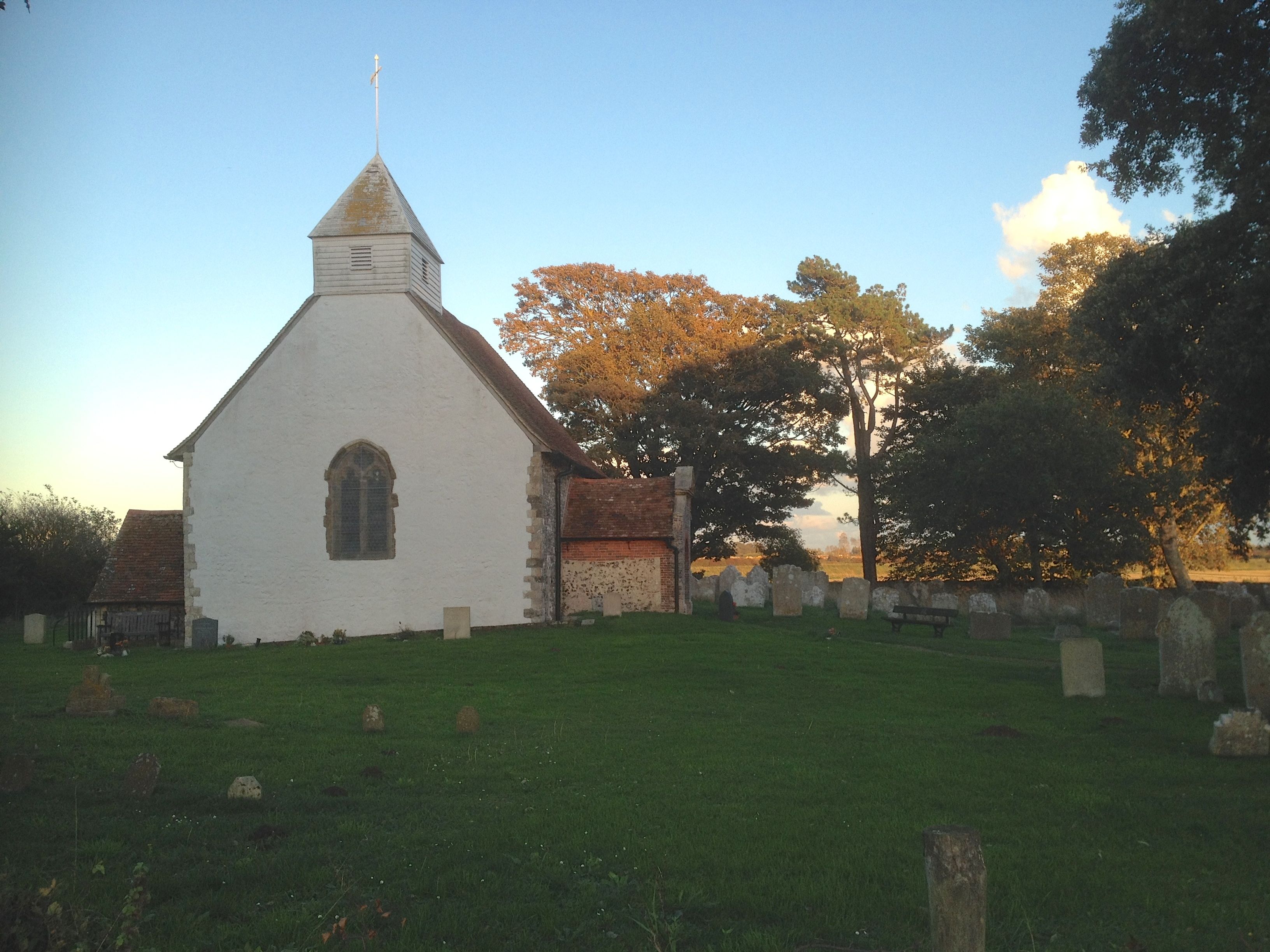History of Ford

The visitor to Ford who only seeks the Saturday Car Boots Sales and the Sunday Market that are held on the former military airfield will miss its more historical features.
To the east of the parish, which borders the Arun River, lay the original Saxon village of Ffordes (now Ford). At the heart of the village stands the church of St Andrew-by -the-Ford with its Saxon origins and medieval drawings. The church in recent years has been carefully restored and is open to visitors. In the graveyard lies Sir William Garway, who was a Member of Parliament for Chichester and then Arundel between 1661-1689, whose family estate comprised of 2,240 acres of fertile agricultural land. The estate was sold by the Governors of Christ’s Hospital in 1914 for £62,000 after 200 years of ownership as their crest on many of the cottages and farmhouses show. Several of these buildings are listed. Much of the Ship and Anchor Public House at Ford Marina and caravan/campsite dates from 1640. The "Shakey Doo" Public House which is adjacent to the railway line and also New House Farm in Ford Lane are listed buildings. For more history go to http://www.british-history.ac.uk/report.aspx?compid=22944
The former aerodrome has been in existence since 1917 and was built mainly by German Prisoners of War and was operational until 1920. During the wars the airfield was occupied by various companies. It was operational during the Second World War, then was recommissioned by the admiralty in 1945 as HMS Peregrine until 1958. The airfield finally closed in 1980. Many of the local roads are named after the aeroplanes and of those who flew from the airfield during its history. A more detailed history can be found at http://www.abct.org.uk/airfields/ford-yapton
A Memorial Garden now stands on the west of the airfield to commemorate those who flew from the airfield during its 80 year old history. A service is held at the Garden every Remembrance Sunday to remember those who gave their lives in the service of their country Ford now serves a much wider area by accommodating four industrial estates, an open prison and a multi-million pound wastewater treatment plant.